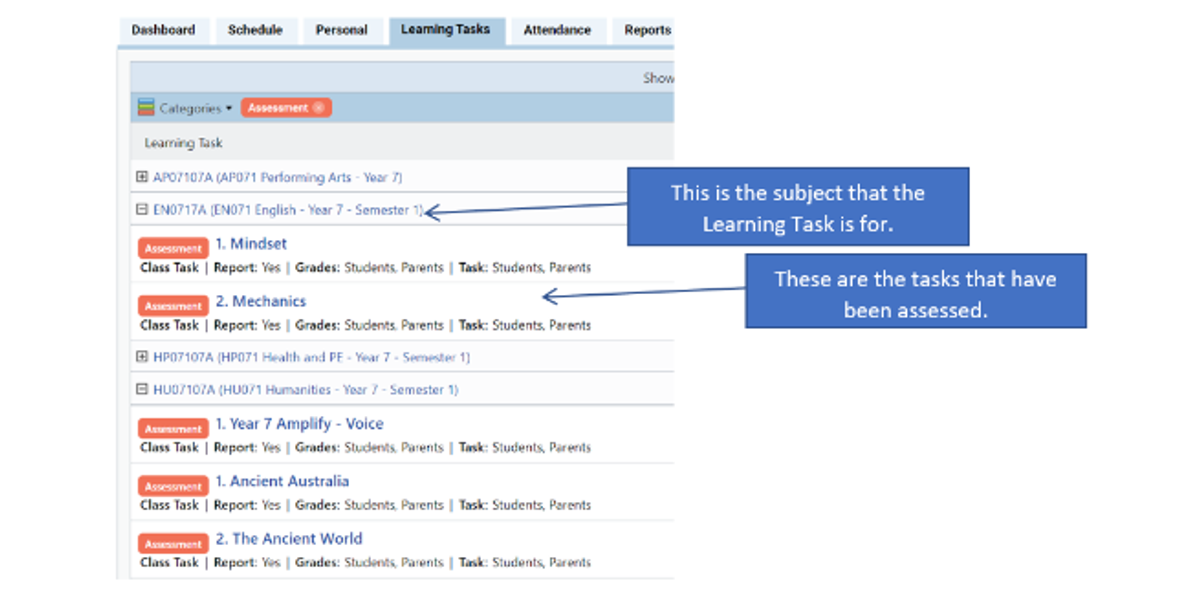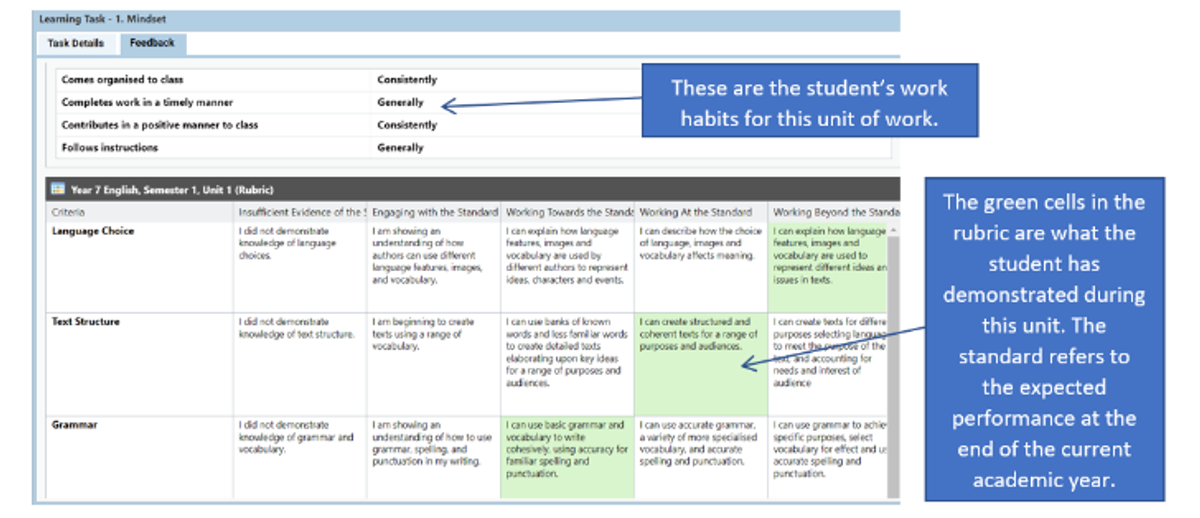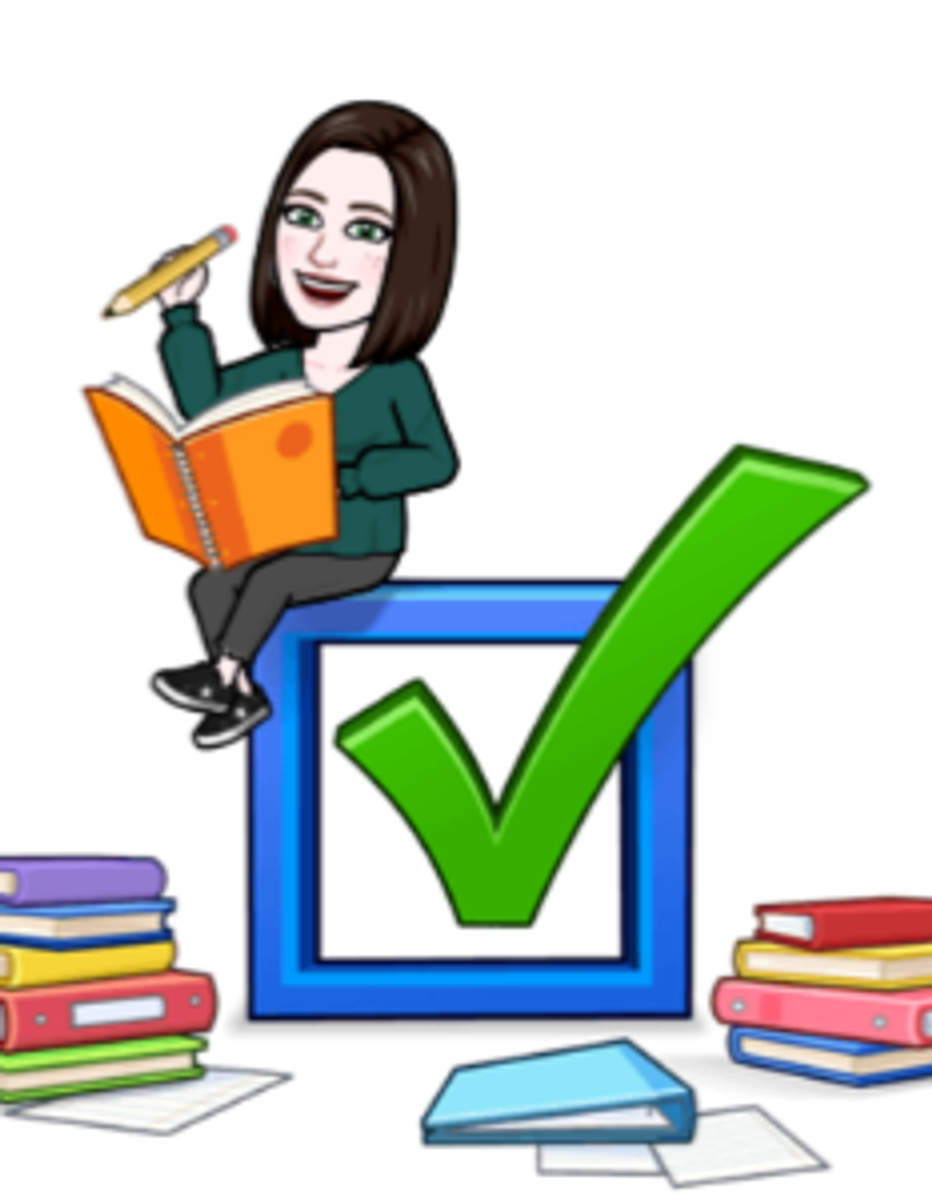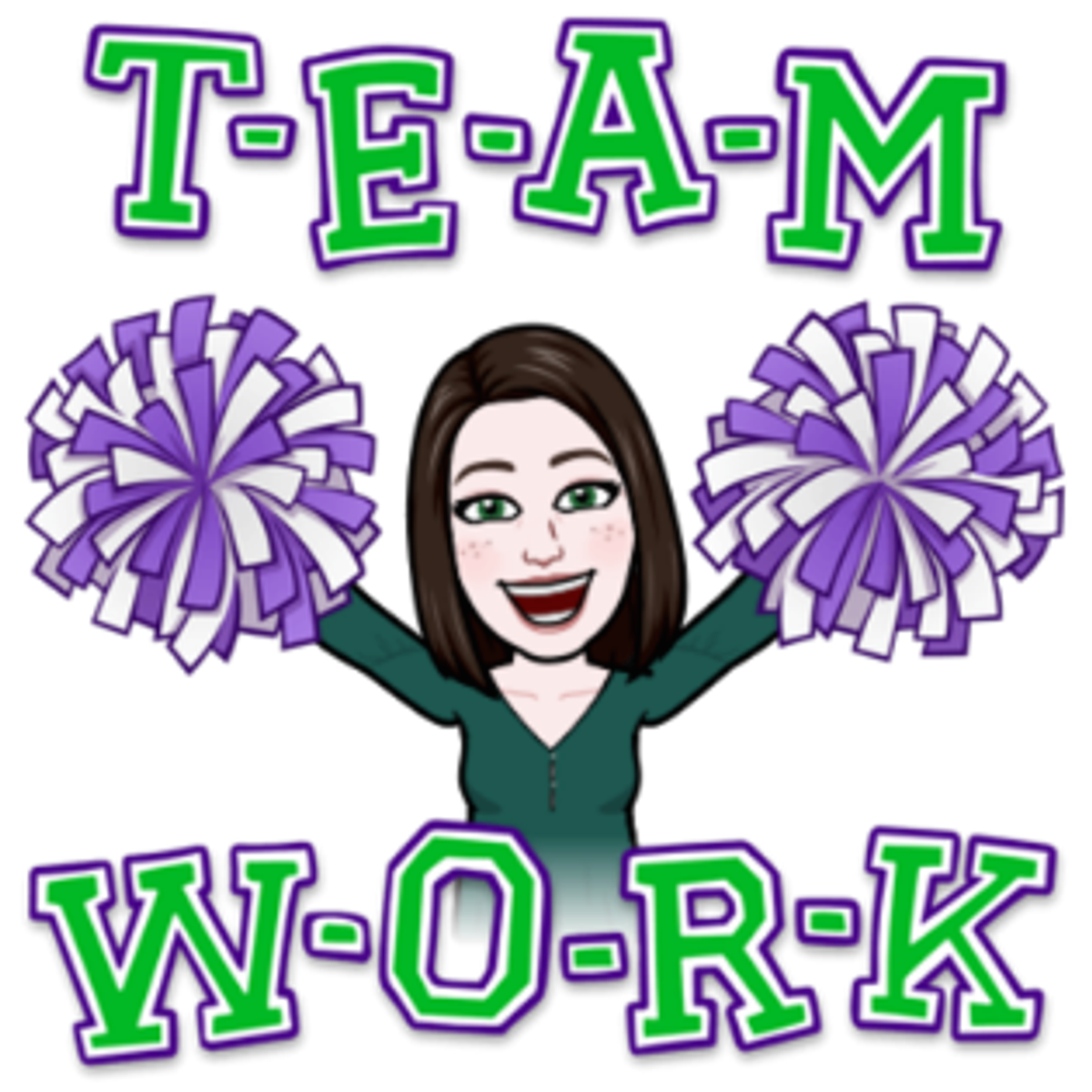Education at all levels is about close, collaborative partnerships between students, caregivers and the school (teachers, principals and education support staff). At Years 7-12 at Kyabram P-12 College, we know that one important part of this partnership is regular, accessible and helpful feedback about how your child is progressing in their learning during class. This is why we are passionate about our progressive feedback processes and encourage caregivers and students to regularly check-in on Compass to track learning growth in all classes.
What is a Learning Task?
- Learning Tasks are a feature in Compass which allow us to communicate a range of information about the growth and progress of all students, in all subjects.
- Students and caregivers can access Learning Tasks in each student’s profile in Compass;
How often are Learning Tasks completed?
- Students will receive feedback between two and four formal Learning Tasks of this style throughout a semester of learning.
- Each formal Learning Task will have a due date assigned to it.
- Students and caregivers can expect for feedback to be completed and available in that Learning Task about three weeks after the due date.
- Some teachers will email to say this is available, but it is a good idea for students and caregivers to regularly monitor the Learning Tasks tab to see if there is new feedback available.
What is a Learning Task for?
- Formal Learning Tasks – the ones that are numbered and marked as Assessment – reports the learning and achievement for a single unit of work.
- Learning Tasks also indicate the due date for a unit of work, so students and caregivers can manage deadlines and monitor learning.
- When feedback for a unit of learning is completed, it will be made available to students and caregivers, organised by subject.
- Feedback in Learning Tasks includes information about;
- Work Habits (behaviour, organisation and learning dispositions) as a worded statement.
- Academic Achievement against the Victorian Curriculum Achievement Standards as a visual rubric (a table of statements about what a student can do at different levels).
When you select a particular task, and choose the feedback tab, you will see the following;
How do I read the Learning Task feedback?
- The goal of the rubrics for each formal Learning Task is to give students and parents multiple options to track their child’s progress.
- If you are particularly interested in the habits and dispositions of learning, the Work Habits provide a snapshot of this over time.
- If you want to know the level of achievement at a glance, simply run your eyes over the rubric and see where the green is.
- If you want to know exactly what has been demonstrated, and what the next level of achievement looks like, read the I Can statements provided in the rubrics.
What about Semester Reports?
- At the end of each semester, the information from these Learning Tasks is then combined into the Semester Reports to provide a single snapshot of the semester of learning.
- Semester Reports are usually made available to students and caregivers in the final week of Term 2 and Term 4.
- The beginning of the report will include an overall summary of all the Victorian Curriculum levels achieved by the student during that semester of learning.
- After the summary, each individual subject section will include;
- A brief summary about the subject’s goals for that semester.
- A summary of class attendance.
- Work Habits from each formal Learning Task.
- Rubrics from each formal Learning Task.
- A teacher comment about the student’s growth and achievement.
Why rubrics?
- Rubrics are used before, during and after a sequence of learning to help students set goals for their learning, monitor their progress and then for students and their teachers to assess their achievement.
- They are an easy, visual guide as to what achievement looks like at each level, so students can see where they have come from, and where they need to head next in their learning.
If you are a caregiver, please talk to your student about their rubrics, celebrate their achievements and support them to improve on their challenges.
We would love all students and caregivers to log into Compass regularly to check Learning Tasks, review the feedback and continue to build this important feature of school-home communication. Please get in touch with teachers if you want to know more about Learning Tasks, rubrics and reporting. 😊
Rowena Morris
7-12 Teaching and Learning Leading Teacher








